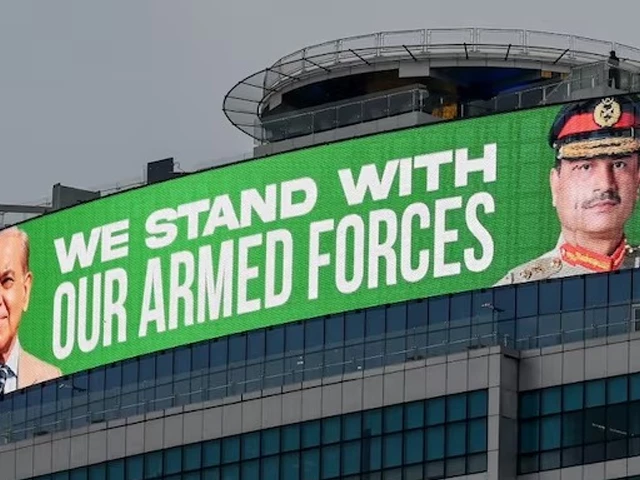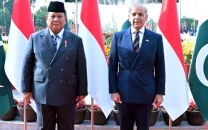Operation Bunyan-un-Marsoos: Pakistan counters India’s Operation Sindoor
A look at Pakistan's key achievements as it outclassed the Indian hostilities.

Nuclear-armed India and Pakistan stood on the edge of full-scale conflict after days of escalating tensions— until US President Donald Trump revealed both nations had agreed to an "immediate and full ceasefire."
Soon, Islamabad and New Delhi confirmed the agreement to immediately halt all military activities.
Tensions between India and Pakistan escalated after the April 22 attack in Pahalgam, Indian Illegally Occupied Jammu and Kashmir (IIOJK), which killed 26 people. India blamed Pakistan-based elements for the assault but provided no evidence. Islamabad strongly denied the allegations.
Read more: Pakistan and India agree to immediate ceasefire
On April 23, India closed the Wagah border crossing, revoked Pakistani visas, and announced the suspension of the Indus Waters Treaty. Pakistan condemned the move as an “act of war” and responded by sealing the Wagah border from its side.
The confrontation then erupted on May 6–7 as India launched its attack against Pakistan, that spiralled into the gravest military clash between the neighbors in decades. Dozens were killed before diplomacy prevailed.
Despite repeated warnings from the Pakistani government, India, fueled by its media's war-driven rhetoric, continued provocative actions, including frequent drone incursions, which ultimately prompted Pakistan to retaliate.
Here is a look at Pakistan's key achievements as it outclassed the Indian hostilities:
Night of May 6–7
Pakistan Air Force achieved a historic BVR (Beyond Visual Range) combat victory, downing five Indian fighter jets—three Rafale, one SU-30, and one MiG-29—without incurring any losses with officials declaring the outcome a "100–0" score in Pakistan’s favour.
May 7
Pakistan successfully intercepted and destroyed 78 armed drones of Israeli origin—Heron and Harop variants—neutralising a major unmanned aerial assault. Later that night, an Indian missile projectile was shot down near Dinga in Punjab.
Night of May 8–9
Multiple BrahMos supersonic missiles were intercepted by Pakistan’s air defence systems, reflecting enhanced radar and missile interception capabilities.
Throughout the standoff
Pakistan struck back decisively after Indian attacks, reportedly targeting 26 military sites inside India in response to strikes on seven Pakistani locations. Military sources shared that Pakistani forces had also destroyed several Indian Brigade and Battalion HQs along the LoC.
Deployment of Fateh-1 missiles
Pakistan deployed Fateh-1 guided rockets, which officials said had caused significant damage to Indian air bases and support zones. The indigenous system was described as “highly effective” under operational conditions.
May 8 onward – diplomatic and financial backing
Pakistan secured a $1 billion IMF programme approval amid the conflict, signaling international confidence. China and Turkiye publicly backed Pakistan, while the US and Western countries maintained neutrality. Only Israel expressed overt support for India as New Delhi abstaining from the vote.
Narrative warfare and strategic messaging
Pakistani state and media platforms credited with dominating the global narrative, countering Indian misinformation and highlighting domestic unrest within India, including Sikh and minority grievances.
Unity at home, divisions across the border
Pakistan’s unified national response stood in contrast to the false narrative of internal political and social divisions that was reported in India during the crisis.




















COMMENTS (1)
Comments are moderated and generally will be posted if they are on-topic and not abusive.
For more information, please see our Comments FAQ